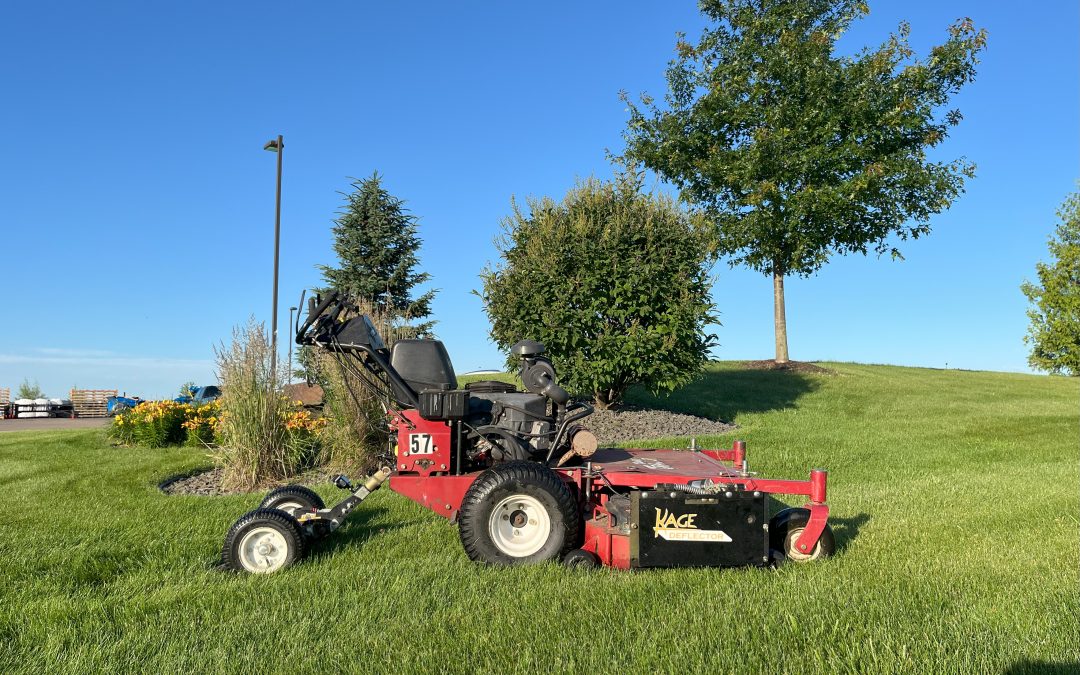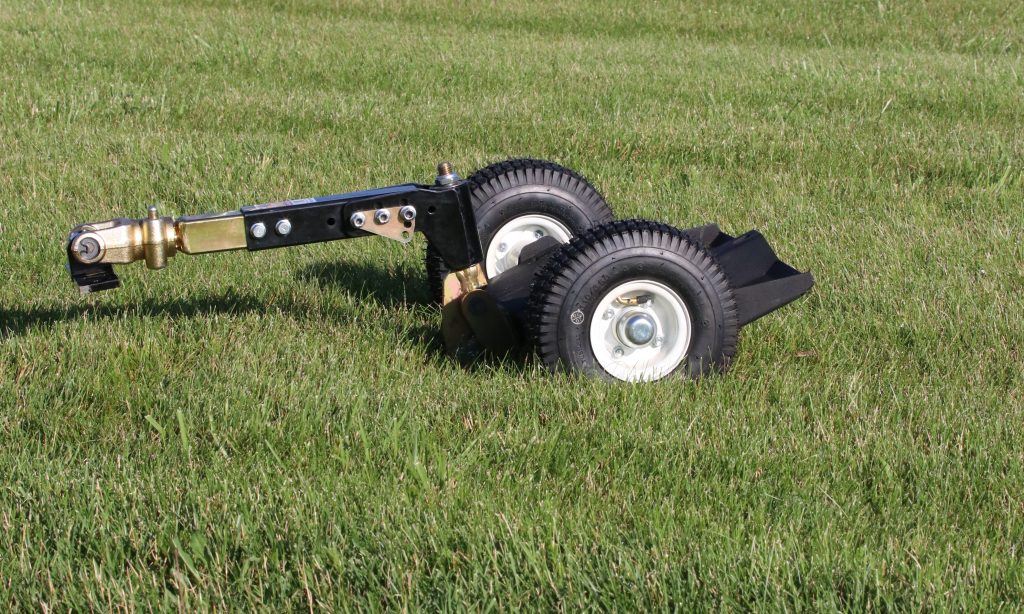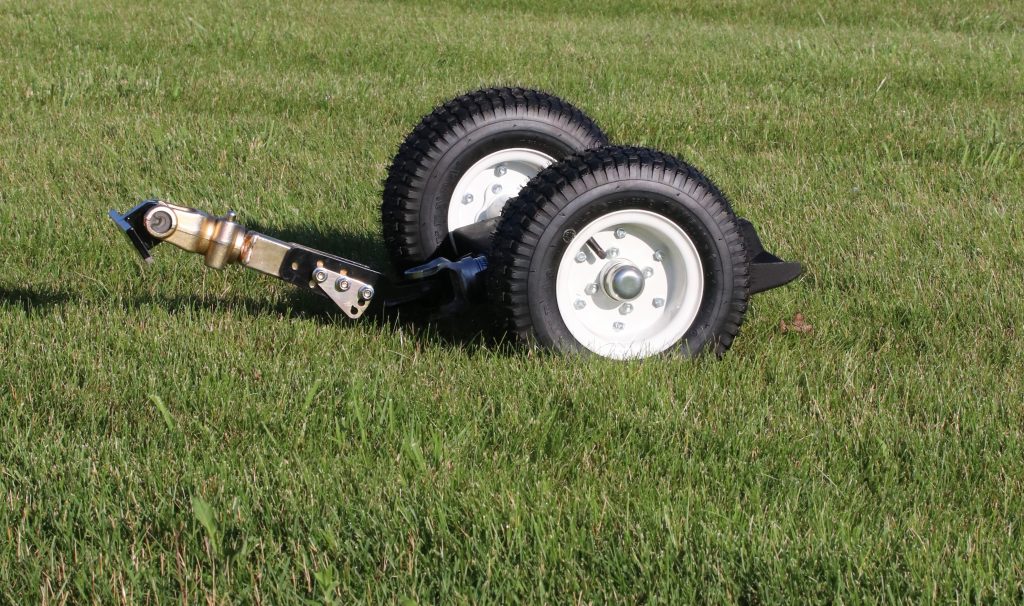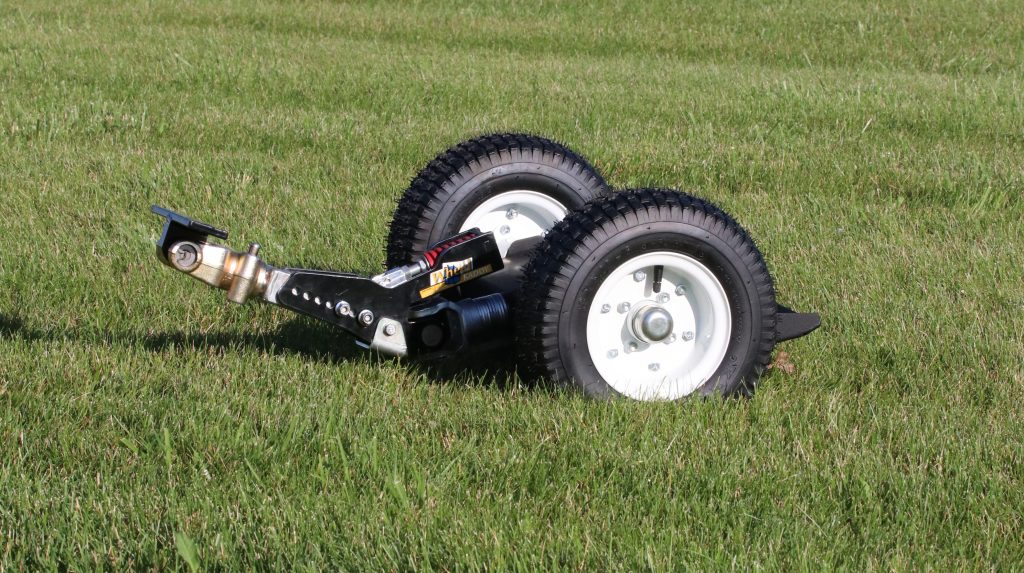In the world of professional landscaping and lawn maintenance, every detail can make a difference in both performance and operator comfort. One piece of equipment that often gets overlooked is the mower sulky—a platform with wheels that attaches to a walk-behind mower, allowing the operator to ride instead of walk. While sulkies come in many shapes and sizes, one crucial element that directly impacts their effectiveness is the size of their tires. Specifically, larger mower sulky tires can greatly improve the ride, reduce turf damage, and increase productivity. Let’s dive deep into the value of large sulky tires, cover standard tire sizes, and highlight which sulky brands offer the largest wheels.
Understanding Sulky Tire Functionality
Before we get into tire sizes, it’s important to understand the role mower sulky tires play. A sulky essentially converts a walk-behind mower into a stand-on unit. The tires on the sulky:
-
Bear the full weight of the operator and the platform.
-
Must withstand various terrain types, including uneven ground, wet grass, ruts, and curbs.
-
Impact how much vibration and bounce is transferred to the operator.
-
Influence turning radius, tracking, and striping performance.
Because of this, the tires on a sulky aren’t just an accessory—they’re a critical component in determining operator fatigue, mower maneuverability, and overall efficiency.
Standard Sulky Tire Sizes
The standard sulky tire diameter on the market generally falls in the 8- to 11-inch range, with many budget and OEM sulkies offering 8″ tires. However, as you move up in quality and into aftermarket upgrades, tire diameters increase—some reaching up to 13 inches.
Here’s a quick breakdown:
| Sulky Type | Average Tire Diameter |
|---|---|
| Budget/OEM Sulkies | 8–9 inches |
| Mid-Range Sulkies | 10–11 inches |
| High-End Sulkies | 12–13 inches |
While smaller tires may be cheaper and lighter, they come with trade-offs in terms of ride quality and durability. Larger tires, on the other hand, often mean better performance, especially over rough terrain.
The Advantages of Large Sulky Tires
Let’s explore why larger tires are worth the investment for serious mowing professionals:
1. Improved Ride Quality
Large tires naturally offer more cushioning, which translates to a smoother ride. On rough terrain, curbs, and uneven lawns, this means significantly less operator fatigue—a crucial factor during long mowing shifts. A 13-inch tire, for example, absorbs more vibration than an 8-inch tire, sparing your knees, back, and joints.
2. Better Traction and Control
Bigger tires have a wider footprint and often come with more aggressive tread patterns. This improves traction on wet grass, hills, and soft ground. Better grip means fewer slips, better tracking behind the mower, and tighter turns.
3. Increased Ground Clearance
Higher tires naturally provide more clearance between the sulky platform and the ground. This reduces the risk of bottoming out or dragging when mowing over bumps or dips, which can damage turf or the equipment.
4. Lower Rolling Resistance
Larger-diameter wheels roll more efficiently, especially over obstacles like roots, rocks, or sidewalk edges. This leads to less strain on the mower transmission, improved fuel efficiency, and easier maneuverability for the operator.
5. Reduced Turf Damage
When sulky tires dig into the turf—often a problem with smaller wheels—the result is unsightly ruts or scalping. Large tires distribute weight more evenly, reducing ground pressure and the chance of tearing up the lawn.
Sulky Brands with Large Tires
Not all sulkies are created equal. Some brands focus on compact size and affordability, while others prioritize performance—especially through the use of larger wheels. Below are some of the most notable sulky brands known for their large-diameter tires:
1. KAGE Innovation – Wheel Kaddy
-
Tire Size: 10 to 13 inches
-
Highlights: KAGE is known for its rugged, professional-grade attachments, and its sulky systems follow suit. It’s luxury Wheel Kaddy 2-wheel sulkies are designed for comfort and performance, combining large 10 to 13-inch tires often with ergonomic design and often suspension to back it up. KAGE offers 3 models. The 250 and 500 models both come standard with large 13-inch tires while the 360 model features 10-inch tires.
2. Bradley Mowers – Sulky 2-Wheel
-
Tire Size: 11 inches
-
Highlights: Bradley offers a mid-range option with a steel platform. It’s a compromise for landscapers who want larger tires without jumping into the highest price luxury tier.
3. Jungle Jim’s – Jungle Wheels
-
Tire Size: 10 inches (dual wheel configuration)
-
Highlights: This dual-wheel sulky is known for its lower-level pricing. The mid-range tires, allowing reasonable transitions over terrain and operator control.
4. Wright – Velke Sulky
-
Tire Size: 9 inches
-
Highlights: This single-wheel sulky gained recognition as the original mower sulky and is promoted as compact and maneuverable.
What to Consider When Choosing a Sulky
If you’re in the market for a new sulky or planning to upgrade, here are some tips:
-
Match the sulky to your mower: Check weight ratings and compatibility.
-
Consider terrain: For hilly or bumpy properties, larger tires are a must.
-
Think long-term: Larger tires often last longer and reduce operator fatigue, which can lower labor costs over time.
-
Flat-free vs. pneumatic: Larger tires are available in both; flat-free tires offer low maintenance, while pneumatic tires provide better shock absorption.
Final Thoughts: Size Does Matter
In the mowing world, comfort, efficiency, and performance are everything. Large sulky tires aren’t just a luxury—they’re a smart investment. They protect your lawn, preserve your equipment, and most importantly, protect your body from the jarring impact of long hours on the job.
Whether you’re running a solo operation or managing a fleet of lawn crews, upgrading to a sulky with large-diameter tires is one of the simplest ways to elevate your mowing game. Brands like KAGE Innovation and they’ve designed sulkies that meet the demands of today’s turf professionals.
If you’re tired of bouncing around behind your mower, maybe it’s time to roll into the big leagues—literally—with a sulky that rides on large, durable, high-performance tires.





Recent Comments